Puerto Rico’s First Encounter: The Legend Begins

The story of the chupacabra officially exploded in 1995 in Puerto Rico, where several reports described a mysterious creature attacking livestock. The victims? Dozens of goats, chickens, and other farm animals found with puncture wounds on their necks—and all completely drained of blood. Locals were horrified. The creature, which was said to be about three feet tall, with spikes down its back and glowing red eyes, didn’t match anything found in the Caribbean ecosystem. Panic spread quickly. People began locking up animals at night, carrying weapons, and treating this like an alien invasion rather than a typical predator.
What made the original Puerto Rican case stand out was how detailed the eyewitness descriptions were. Many claimed to have seen the creature firsthand, not just the aftermath of its attacks. One woman, Madelyne Tolentino, gave such a vivid description that it influenced nearly every future report of the beast. Some skeptics believe her account was subconsciously inspired by a creature from the sci-fi movie Species, which had aired just before the sightings began. Still, people swore they saw it. Was it mass hysteria, a misidentified animal—or something not of this world? To this day, Puerto Rico remains ground zero in the chupacabra phenomenon.
The Texas Twist: Mangy Dogs or Mutant Beasts?
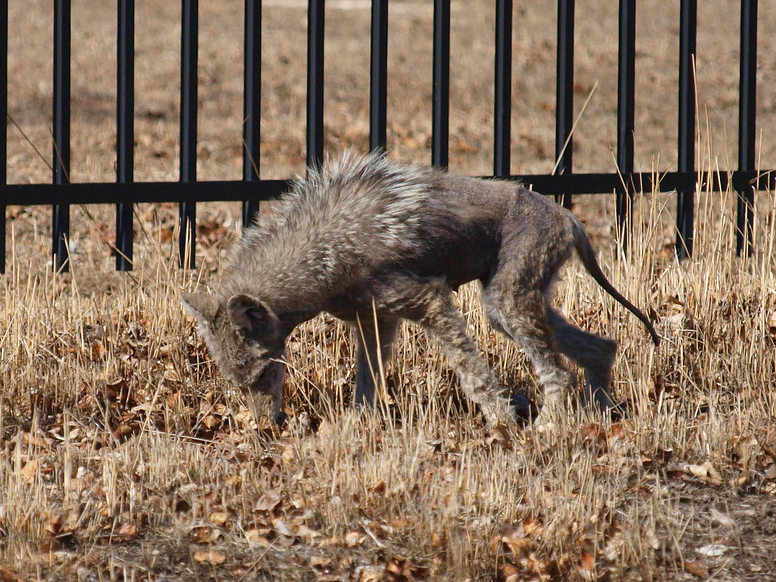
Years after the initial reports, the chupacabra sightings took a sharp turn—straight into Texas. But this time, the beast didn’t have spines or red eyes. Instead, people began finding strange, hairless canines with bluish-gray skin, long snouts, and oversized fangs. These creatures were often found dead on roadsides or caught in traps. The photos were eerie enough to go viral, sparking debates about whether this was the fabled chupacabra or just a coyote with a really bad skin condition. Veterinarians who studied the carcasses often diagnosed them as coyotes or dogs suffering from sarcoptic mange—a condition that causes hair loss and thickened, crusty skin.
Even so, many locals weren’t buying the mange theory. Ranchers insisted these animals behaved differently—more aggressive, more elusive, and far more destructive than any sick dog. Some even claimed their livestock continued to turn up dead with no clear cause, drained of blood like the Puerto Rican cases. Others swore these creatures didn’t act like normal predators, as if they were wired differently. Could it be a new hybrid species? Or are we just trying to make a monster out of a medical condition? Either way, Texas gave the chupacabra a new face—and maybe a more believable one.
The Blood Drain Mystery: Myth or Misunderstood Science?

One of the strangest aspects of the chupacabra legend is the repeated claim that animals were found with their blood completely drained. To this day, this part of the lore keeps the creature in cryptid territory. Farmers and veterinarians in Puerto Rico and Latin America described carcasses with small puncture wounds and no sign of struggle—no scattered feathers, no torn flesh, no typical signs of predator attacks. But bloodless? That’s a whole different level of creepy. It made the attacks feel surgical, almost vampiric.
However, forensic experts have argued that blood drainage isn’t as dramatic as it sounds. When an animal dies and lies for hours or days, gravity causes the blood to pool in certain areas and clot, making it seem like it’s been drained. Some wounds can appear smaller or more precise after decomposition begins. It’s not as glamorous as a supernatural predator, but it’s a likely explanation in many of these cases. That said, not every blood-drained case fits this mold. Some animals were found within minutes of death—still warm, yet mysteriously bloodless. That’s where science starts to struggle, and the mystery reopens. Every “rational” answer seems to leave just enough doubt to keep the chupacabra alive.
Government Cover-Up Theories: The Silence Is Loud

Like any good cryptid tale, the chupacabra lore eventually collided with conspiracy theories. Some believers argue that governments—especially the U.S. and Puerto Rico—know exactly what the chupacabra is but have kept it secret. They point to military bases located near early sightings, including experiments involving animals and disease research. Was the chupacabra a lab escapee? A failed genetic experiment? Or worse—an intentional test subject? The idea might sound outlandish, but so does a blood-drinking goat monster.
The theories don’t stop there. Some believe alien life forms are involved, with the chupacabra acting as a biological probe sent to harvest blood samples from Earth’s animals. Others say black helicopters were seen near multiple attack sites, and that any official investigations were quickly shut down. It’s the classic playbook: denial, misdirection, silence. Of course, there’s no smoking gun—just speculation and circumstantial dots waiting to be connected. But for people who’ve seen something they can’t explain, the idea of a cover-up is more comforting than believing nobody cares. The less the authorities say, the louder the mystery grows.
Chupacabra Across Cultures: One Name, Many Monsters
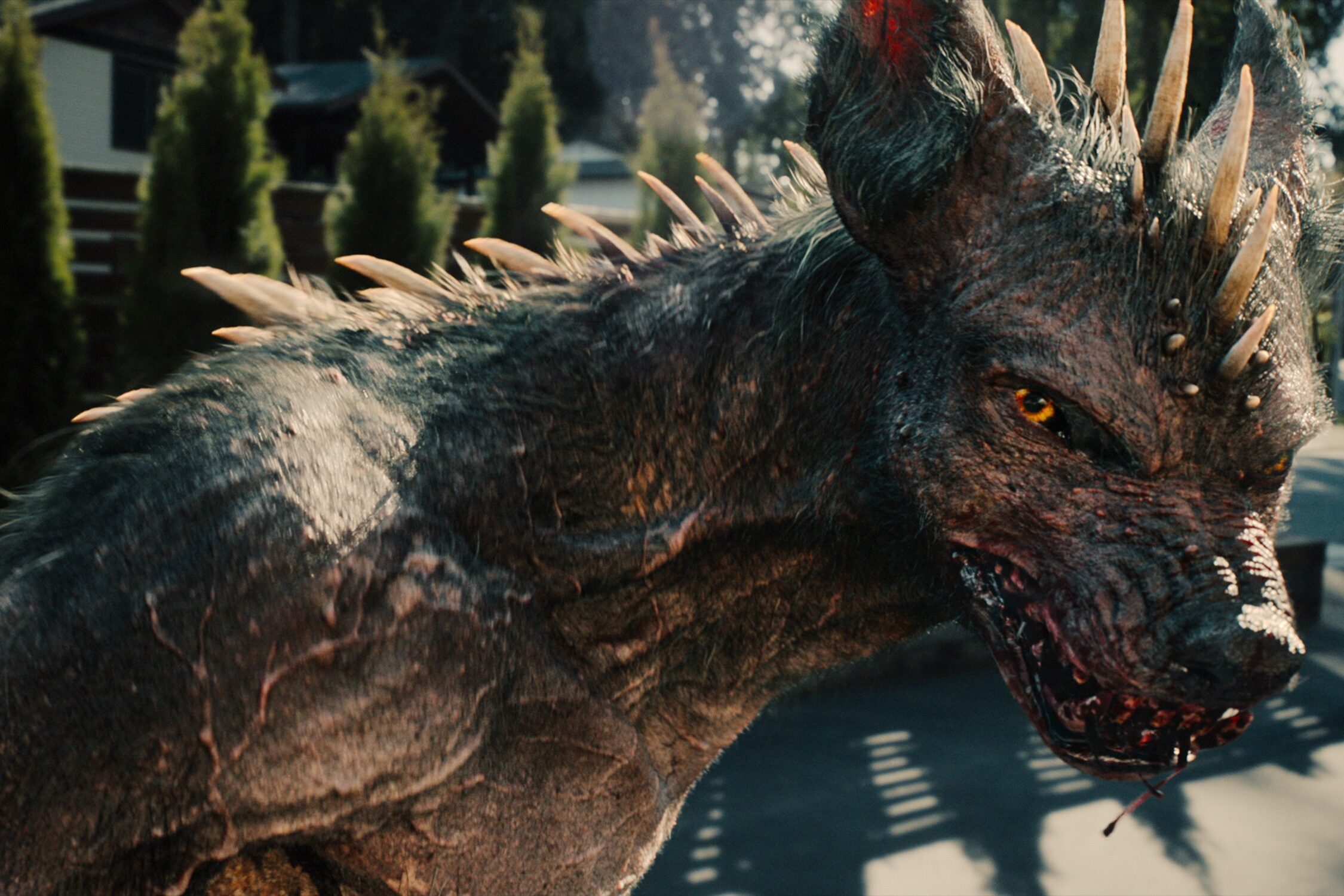
What’s fascinating about the chupacabra isn’t just the creature—it’s how the legend mutates depending on where you hear it. In Chile, it’s more bat-like. In the Dominican Republic, it’s described as an intelligent being capable of planning attacks. In Mexico, it’s often painted as a supernatural menace rather than an animal. And in the U.S., it’s shifted into a more terrestrial, canine form. Despite these differences, the core story remains the same: livestock, blood loss, and a creature nobody can explain.
This flexibility in description has made the chupacabra a cultural chameleon, able to slip into new territories and blend into pre-existing folklore. It’s as much a mirror as it is a monster—reflecting fears, anxieties, and even scientific confusion. Maybe that’s why it refuses to die, no matter how many experts weigh in or explanations are offered. It’s not just a cryptid anymore; it’s a meme of the paranormal world. And every culture adds its own twist to the legend, keeping it alive and ever-evolving. The chupacabra is now a global myth, and with each retelling, it becomes a little harder to debunk.
DNA Testing the Unknown: What Science Found

Several of the “chupacabra” carcasses found in the southern U.S. were eventually subjected to DNA testing. Scientists and cryptozoologists hoped for something extraordinary—maybe a new species, or at least a hybrid of known animals. But the results were underwhelming: most tested bodies turned out to be coyotes, dogs, or raccoon hybrids suffering from extreme mange. Their skeletal structures and mitochondrial DNA didn’t show anything unusual. The science, it seemed, was clear: no mystery monster here.
Still, skeptics argue that DNA testing only works if you know what you’re looking for. If the chupacabra were an unknown species—or worse, something truly alien—standard DNA tests might not catch it. Some samples were too degraded or contaminated to yield useful results. Others were dismissed too quickly, critics say, because researchers already had their minds made up. Even when the science says “case closed,” the strange behavior and sightings don’t go away. There’s a lingering belief that something is out there, something we just haven’t captured or tested correctly yet. DNA might close doors—but not all of them.
Eyewitness Descriptions: Too Many to Ignore?

What’s perhaps most compelling—and frustrating—for believers are the sheer number of eyewitnesses. From Puerto Rican villagers to Texan ranchers, people across continents have described seeing the same general creature: hairless, fanged, with an odd gait and eerie behavior. They often claim it didn’t move like any known animal, sometimes hopping like a kangaroo or gliding soundlessly like a predator in a video game. Many insist they weren’t alone in seeing it. Whole families, groups of neighbors, even police officers have been part of these sightings.
Of course, the human brain is notoriously unreliable, especially under stress or in low light. But when descriptions align across different countries and decades, it’s hard to chalk it all up to misidentification. There’s a psychological element to the chupacabra story—how memory, fear, and folklore all swirl together. Yet some accounts come from people who weren’t familiar with the legend until after their sighting. They weren’t looking for a monster. It found them. If nothing else, the consistency of the tales keeps the mystery alive in a world where eyewitness accounts are often dismissed too quickly.
The Role of Media: Fueling the Fire
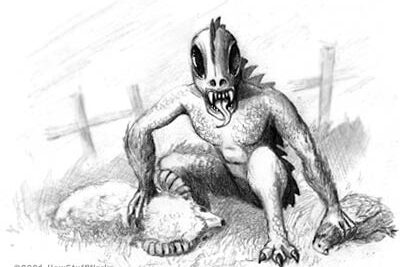
No legend spreads like wildfire without media fanning the flames, and the chupacabra is no exception. In the mid-90s, Puerto Rican tabloids ran sensational stories almost daily, complete with blurry photos and dramatic headlines. As the story spread to the U.S., TV shows like Unsolved Mysteries and Sightings gave it the kind of national platform few cryptids ever receive. Suddenly, the chupacabra wasn’t just a local legend—it was a global celebrity of the strange. Every sighting became a headline.
But media also has a way of mutating stories. With each new retelling, the creature changed—sometimes subtly, sometimes drastically. Some articles sensationalized descriptions, adding wings or claws where there were none. Others painted the chupacabra as part of a wider conspiracy involving aliens or bioweapons. The constant coverage made it hard to separate fact from fiction. Yet for believers, the visibility was validating. The creature was being talked about, studied, feared. And in today’s digital world, all it takes is one viral video to bring it roaring back into the spotlight.
The Fear Factor: Why This Creature Haunts Us
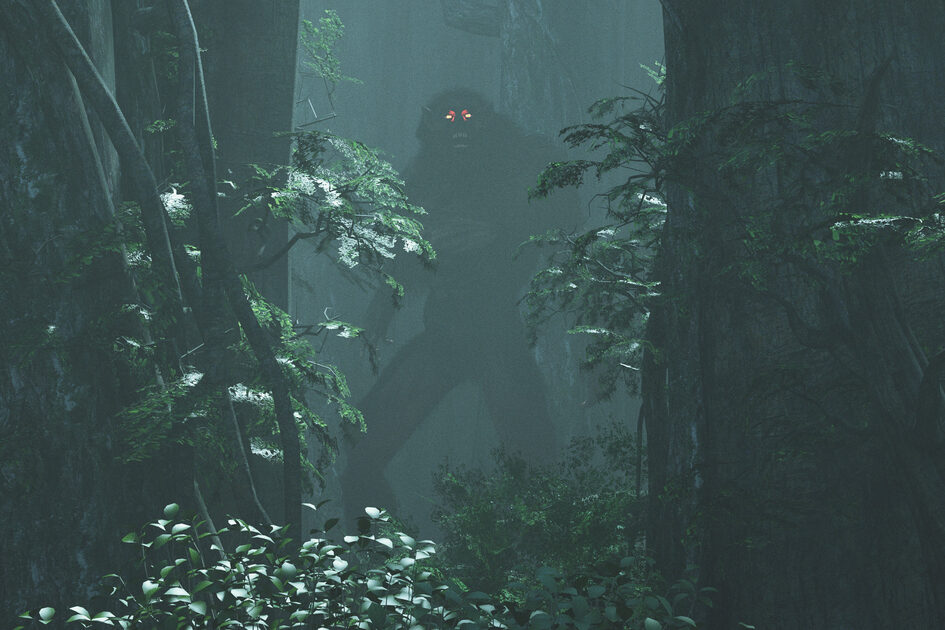
Why does the chupacabra scare people so deeply? It’s not big like Bigfoot or ancient like the Loch Ness Monster. It doesn’t seem interested in attacking humans. But the idea of something sneaking onto your property at night, silently draining the life out of your animals—it hits a primal nerve. It violates our sense of safety and order. It doesn’t just kill; it takes something invisible, like essence or life force. That level of targeted, clinical violence is unnerving.
Plus, the chupacabra feels just real enough to be possible. It’s not breathing fire or vanishing into thin air—it’s a creature of shadows and biology. That’s why it slips so easily into our fears. It’s not supernatural, but it’s off. It straddles that line between predator and experiment, between myth and misdiagnosis. And because it’s often seen in rural, isolated areas, the legend thrives on the quiet tension of what’s just beyond the edge of a flashlight beam. It’s not just what the chupacabra does. It’s what it suggests: that we don’t fully understand the world around us.
Cryptozoologists vs. Biologists: A Battle of Belief

The chupacabra is a perfect case study in the long-standing divide between mainstream biology and cryptozoology. While most biologists are quick to dismiss the creature as misidentified animals with mange or sensationalized folklore, cryptozoologists dig deeper. They point to patterns, clusters of sightings, and physical evidence—no matter how dubious—as indicators that something unusual is happening. The academic world largely scoffs at this approach, calling it pseudoscience. But to many, cryptozoologists are asking the questions that others are afraid to.
This divide creates a kind of intellectual tension. On one side, there’s the rigor of peer-reviewed studies and DNA tests. On the other, the boots-on-the-ground curiosity of those collecting hair samples and interviewing farmers. Both camps want answers, but they often talk past each other. If a truly unknown species were to be discovered, it would likely take both disciplines working together to make sense of it. Until then, the chupacabra remains a battleground—between skeptics and believers, science and speculation, evidence and experience. And honestly, that tension is part of what keeps the story alive.
The Internet Age: A New Life for an Old Monster

The chupacabra was born in newspapers but raised on the internet. In the early 2000s, message boards and paranormal forums exploded with sightings, photos, and blurry videos. YouTube brought the legend to a younger generation, while Reddit and TikTok continue to breathe life into it with fresh takes and conspiracy theories. Every time someone posts a strange-looking roadkill, the comments flood with “Chupacabra!”—half joking, half serious. It’s become a kind of online shorthand for unexplained weirdness.
But this constant digital recycling also makes it harder to track what’s credible. Photoshop, AI-generated images, and even fan art muddy the waters. Hoaxes get clicks. But even amid the chaos, there’s something deeply human in the way the chupacabra keeps showing up in our feeds. It’s not just about monsters anymore. It’s about community, wonder, and the thrill of asking “What if?” The internet didn’t just preserve the legend—it transformed it. And now, the chupacabra lives in every timezone, one click away from reappearing.
So… What Is the Chupacabra?
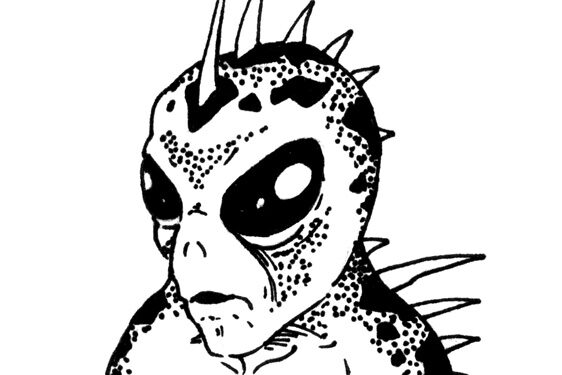
After all these stories, tests, and theories, one big question still lingers: what exactly is the chupacabra? A diseased coyote? A misidentified bat? A government-engineered mutant? A symbol of rural anxiety? The answer might be: all of the above—or none. It could be a cultural Rorschach test, a projection of our fears onto a creature that’s just strange enough to plausibly exist. Or maybe it’s something real, but we haven’t been able to catch it—or we’re not meant to.
The beauty of the chupacabra legend is that it refuses to sit still. It evolves. It blends science, folklore, conspiracy, and horror into something that feels tailor-made for our age of blurred lines and unanswered questions. Maybe it started as a batty news story in 1995. Maybe it was always with us, hiding in the dark. But whatever it is, it won’t go away. And deep down, a small part of us doesn’t want it to. Because as long as we wonder, the chupacabra keeps breathing.


